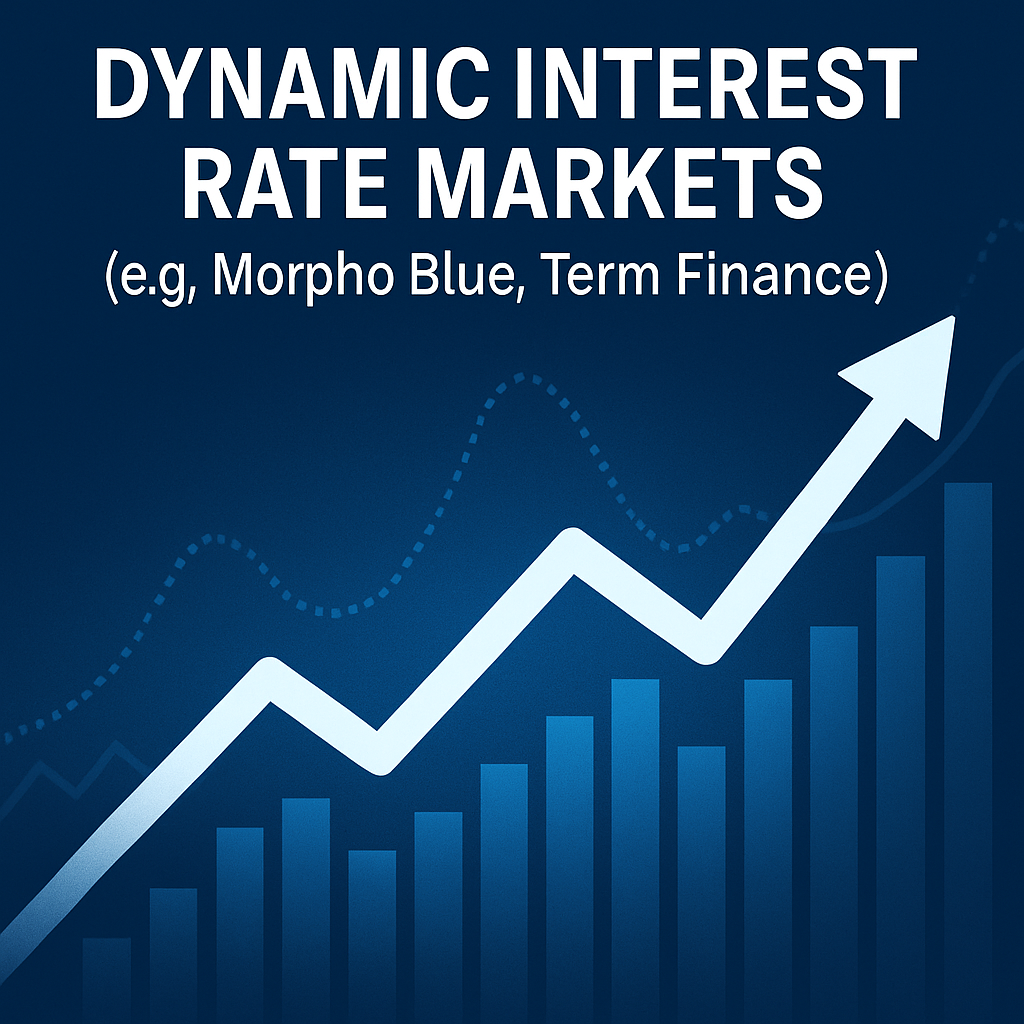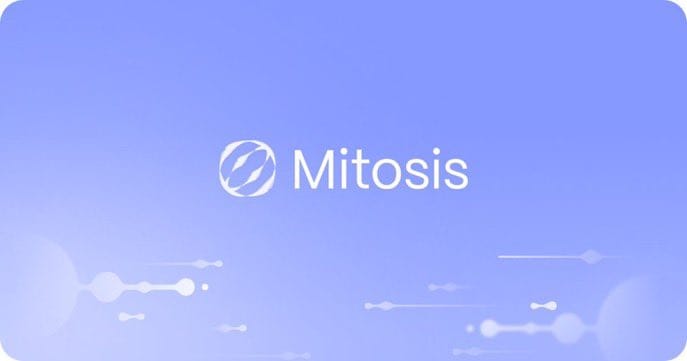What Are Dynamic Interest Rate Markets in DeFi?

In DeFi, lending and borrowing usually rely on interest rates — just like traditional finance. But in most protocols, these rates are automatically set by formulas (e.g., Aave, Compound).
Now, a new approach is emerging:
Dynamic Interest Rate Markets — where interest rates are set by the market, not by a fixed curve.
These new models bring more flexibility, efficiency, and real-world-like behavior into DeFi lending.
What’s the Problem With Fixed Rate Curves?
Traditional DeFi lending uses predefined interest rate curves, where:
- More borrowing = higher rates
- Less borrowing = lower rates
But there are downsides:
- Not always accurate — real demand might not match the formula
- Inflexible — one-size-fits-all model for all assets
- Rates often feel artificial or slow to react to market conditions
How Dynamic Interest Rate Markets Work
Instead of following a curve, dynamic markets let lenders and borrowers set rates themselves, like an order book:
- Lenders can choose what rate they want to lend at
- Borrowers pick from available offers — like choosing a loan on a marketplace
- Some protocols also support fixed maturity dates (e.g., borrow until a specific day)
This makes DeFi lending look more like real bond markets or credit platforms.
Real Examples
🟦 Morpho Blue
- A minimalist lending protocol built by Morpho Labs
- Each lending pair is isolated and permissionless to create
- Interest rate logic is modular — anyone can plug in custom rate models
- Some pools use peer-to-peer matching, while others use oracle-based rates or market demand
Key Feature: You don’t need to use Aave-style curves. You can plug in your own dynamic pricing logic or create pools with off-chain or on-chain price feeds.
🟪 Term Finance
- Focuses on fixed-term loans with market-based interest rates
- Think: borrow USDC until Aug 30, and the rate depends on market demand
- Uses batch auctions to match lenders and borrowers
- Enables clear forward rates, just like in traditional bond markets
Key Feature: Instead of floating rates, you get fixed, known costs — ideal for institutions or large borrowers who need predictability.
Benefits of Dynamic Rate Markets
- More accurate pricing — based on real demand and supply
- Fairer market conditions — both sides choose what works for them
- Modular & flexible — rate models can evolve or compete
- Closer to TradFi — attracts more institutional players
Conclusion
Dynamic interest rate markets are the next step in DeFi lending.
Instead of using fixed rules, protocols like Morpho Blue and Term Finance let the market decide what lending and borrowing should cost — just like real-world debt markets.
This makes DeFi smarter, more flexible, and more competitive, especially as institutions and advanced users enter the space. In the future, expect lending to look less like Aave’s simple sliders — and more like a real-time yield marketplace, running on-chain.


Comments ()